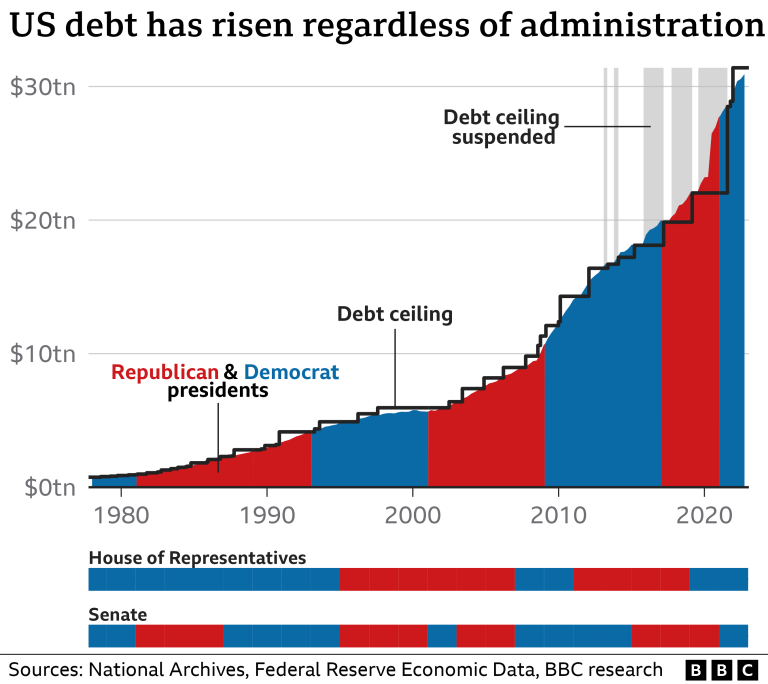HSBC’s Recent US Dollar Deposit Rate Reduction: What You Need to Know
Banking customers and financial observers are taking note of The Hongkong and Shanghai Banking Corporation’s (HSBC) latest move to reduce its US dollar savings deposit rate. Effective this Friday, the rate will drop from 0.375 percent to 0.25 percent per annum—a 12.5 basis point reduction that signals important implications for savers and investors.

For the average account holder, this change might seem minor, but the numbers tell an interesting story. Consider a $100 deposit: previously, you would have earned $0.375 in annual interest, which has now shrunk to just $0.25. While this might appear insignificant for smaller amounts, the impact becomes more pronounced with larger sums or over extended periods.
This rate adjustment isn’t happening in isolation. HSBC has already implemented a similar reduction for local dollar deposits, suggesting a strategic approach to aligning interest rates across different currencies. The move likely reflects broader market dynamics, potentially influenced by central bank policies, economic indicators, or competitive pressures within the financial sector.
For individuals and businesses maintaining US dollar savings accounts, this development prompts a critical reevaluation of financial strategies. Those who rely on interest income as part of their financial planning will need to carefully assess their options. The modest 0.25 percent rate might encourage savers to explore alternative financial instruments that offer more attractive returns.
Interestingly, this rate cut opens up conversations about diversifying financial portfolios. Insurance products with savings components, such as certain life insurance or endowment plans, might suddenly appear more appealing. These alternatives often provide more stable returns and can serve as a hedge against low-interest environments.

High-net-worth individuals and businesses with substantial US dollar holdings will be particularly attentive to these changes. The reduced interest rate could prompt a strategic shift in how they allocate resources, potentially increasing interest in financial tools that offer better protection against currency fluctuations or more consistent returns.
While the rate reduction might seem discouraging, it’s essential to view it in context. In volatile economic times, a savings account still provides a safe repository for funds, even with minimal interest. However, the current low-growth environment underscores the importance of proactive financial planning.

Financial experts recommend that HSBC customers—and indeed, all savers—take this opportunity to review their overall financial strategy. This might involve consulting with financial advisors to understand how such changes fit into broader financial goals. Options could include exploring fixed deposits with more competitive rates, investigating investment opportunities, or considering insurance products with integrated savings mechanisms.
The interconnected nature of banking and insurance products becomes particularly evident in scenarios like these. What might initially appear as a simple interest rate adjustment can trigger a cascade of financial decision-making for individuals and businesses alike.
For those feeling uncertain about their current financial approach, this is an ideal moment to reassess. The key is to remain informed, flexible, and strategic. While HSBC’s rate reduction might seem like a small change, it represents a broader narrative about adapting to evolving financial landscapes.
As always, the most successful financial strategies are those built on comprehensive understanding, careful planning, and a willingness to explore diverse options. Whether you’re a casual saver or a sophisticated investor, staying attuned to these market signals is crucial in navigating today’s complex financial environment.












